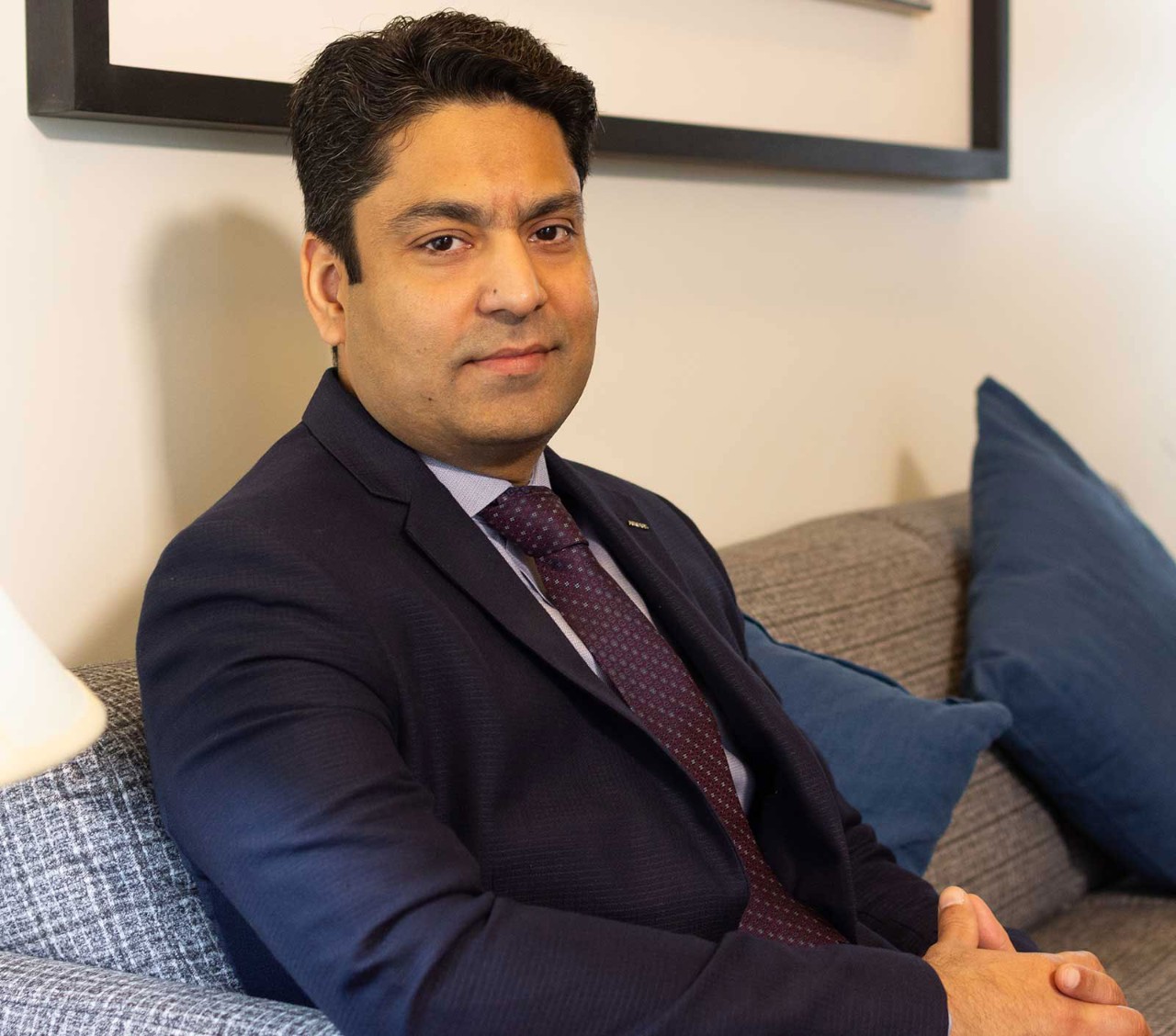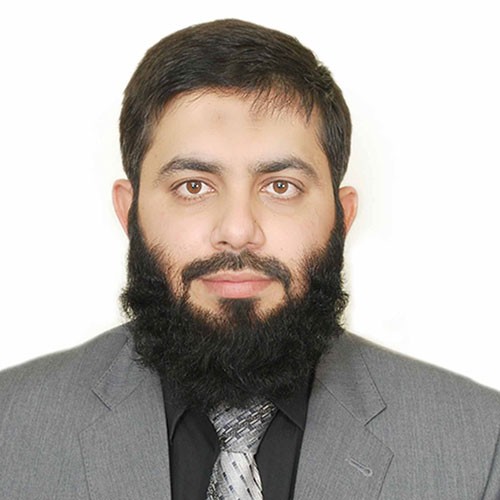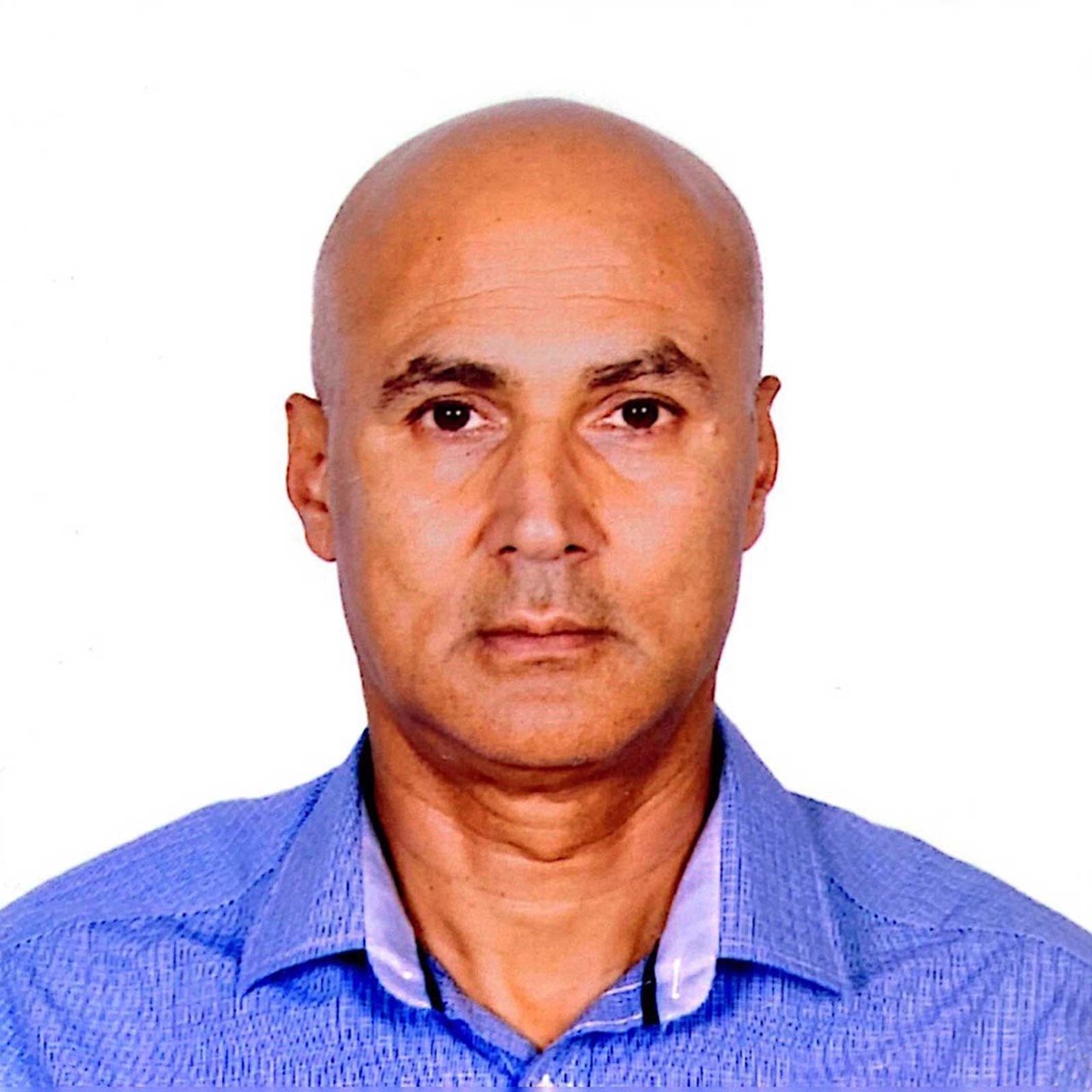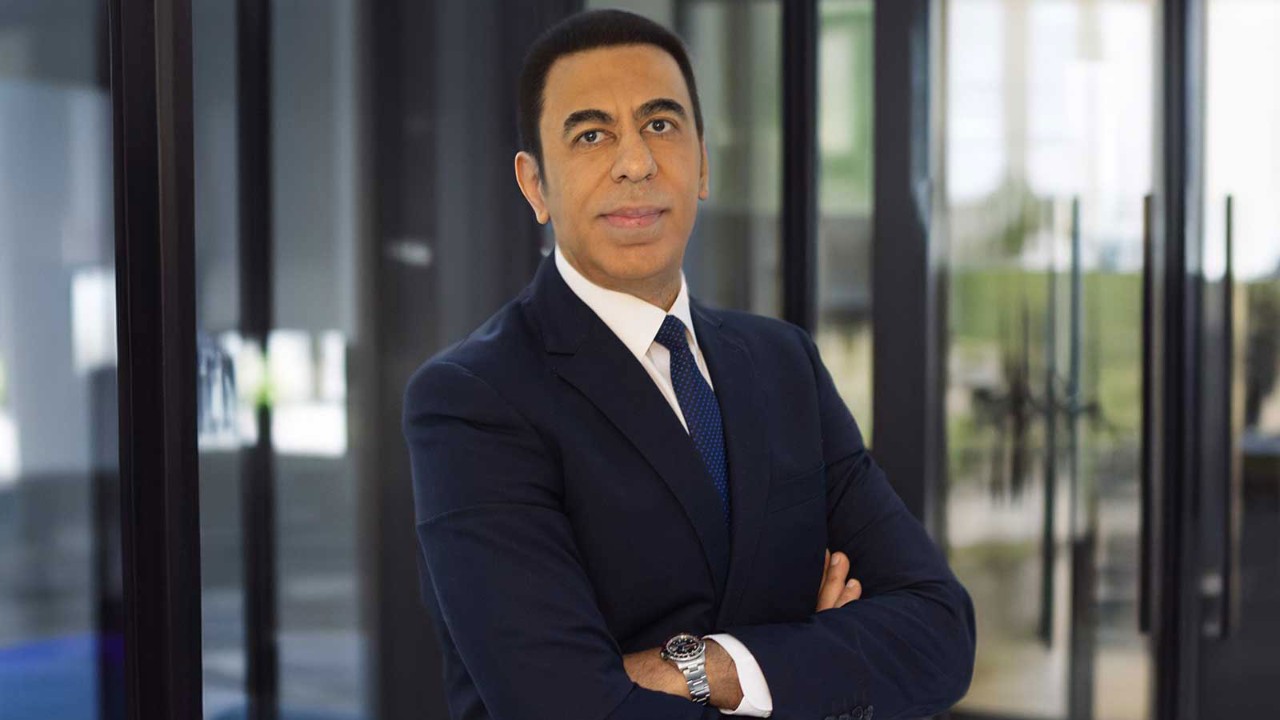
In the Middle East, jewellery is a lot more than a girl’s best friend. In many societies in the region, jewellery symbolises many things, from status and wealth to cultural identity. It is typically ornate and intricate, crafted from high-quality gold and precious stones – and in constant demand, which is why Saudi Arabia is a multibillion-dollar market for gold jewellery.
The largest gold and jewellery designer, manufacturer, distributor and retailer in the Middle East is L’azurde. The business is based in Riyadh and has jewellery-making facilities in Egypt as well as Saudi Arabia. Set up in 1980 as a single-room workshop with just six employees, the company is now listed on the Saudi Stock Exchange and has a market capitalisation of US$230m.
‘I spent two years preparing the company for the IPO, which wasn’t easy in a complex business’
Leading the finance team is Ayman Gamil Ammar FCCA. The Egyptian-born group CFO had gained extensive experience with FMCG businesses in the Middle East, North Africa, Eastern Europe and the US before he was persuaded to join L’azurde in 2014. He has spent a substantial portion of his 30-year career with companies such as GSK and SC Johnson, so heading a jewellery company represents a considerable adjustment.
Huge market
‘The jewellery industry here is huge, and disposable income levels are high,’ he says. ‘Gold and jewellery consumption is much higher in the Middle East than it is in Europe, where women tend to buy nice pieces but not very frequently. Here, people buy gold and jewellery more often, and larger pieces. It’s not just about the beauty of the jewellery – consumers also buy it as an investment.’
L’azurde runs a retail network of more than 100 stores and has an online presence, but its wholesale business – it sells to more than 2,000 stores, predominantly in Saudi Arabia and Egypt – accounts for most of its revenue, which reached SAR1,917m (US$511m) in 2023. Its vast and talented team of in-house designers create over 3,000 unique jewellery designs every year for a diverse customer base, encompassing various ethnicities, age groups and purchasing power.
‘Part of my responsibility is to secure enough funding of gold for production’
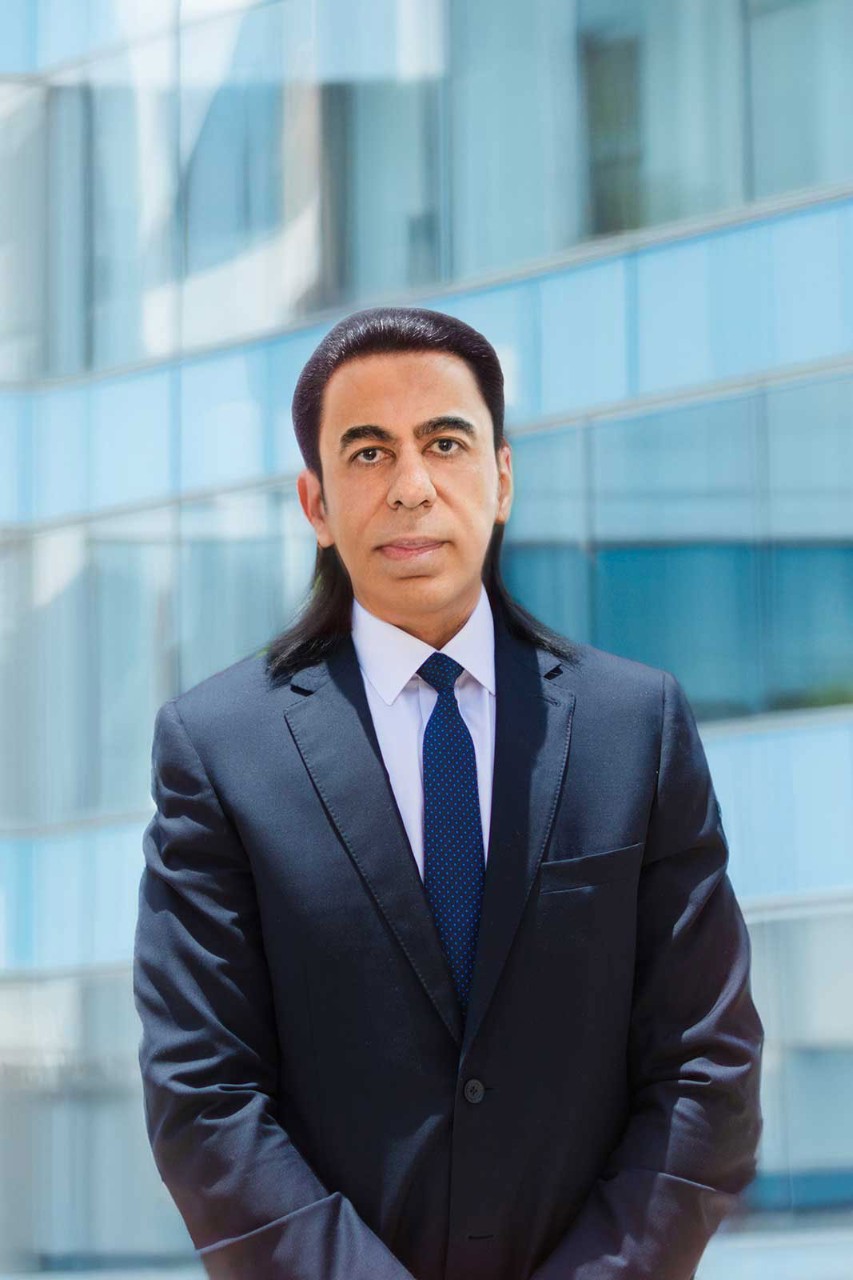
At the point Gamil joined L’azurde, the company had spent five years under the ownership of the global investment firm Investcorp and was planning a stock market listing. ‘One of the reasons for hiring me was to help them list on the Saudi Stock Exchange,’ he says.
L’azurde became the first majority private equity-owned business in Saudi Arabia to list on the domestic stock exchange, in June 2016. ‘I spent two years preparing the company for the IPO,’ Gamil says, ‘which wasn’t easy given the complexity and uniqueness of our business. There was a lot of stakeholder education to do.’
Complex business
The complexity of the business comes down to its unusual relationship with the gold it sells, in that it makes no profit or loss on the value of the sold gold as a metal. That is because, like many large jewellery businesses, it never actually owns the pure gold that it turns into jewellery.
In an arrangement similar to India’s Gold Metal Loan scheme, jewellers in Saudi Arabia borrow gold metal from the nation’s authorised bullion banks for a set period of time. They use this gold for jewellery production to be sold to wholesale customers. In return, wholesale customers pay back the jewellers in two ways, gold metal for the same equivalent quantity of gold, in the form of gold bars or scrap used gold, and the ‘labour service charge’, which represents the revenues for the jewellers. The gold received from the wholesale customers is then either used for production or to repay the bullion banks back at maturities, along with a cash payment for margin and interest. This setup acts as a ‘natural’ hedge and mitigates gold price fluctuation risk by aligning the jewellers’ gold liabilities with their gold receivables. It ensures stable cashflows, efficient inventory management and cost-effective access to gold.
‘It’s a very challenging business from a finance and accounting point of view’
CV
2014
CFO, L’azurde, Riyadh, Saudi Arabia
2012
Group CFO, National Printing Company, Egypt
2004
SC Johnson, various roles including international markets controller and regional financial manager for MENA, Africa, Turkey, Russia, Central Asia, Pakistan and US, based in Egypt
2001
Finance director, Fromageries Bel, Egypt
1997
Financial controller, GSK, Egypt
1994
Senior accountant, Ernst & Young, Egypt
‘If we owned the gold, we would be exposed to its price fluctuations, so it’s better that we don’t,’ says Gamil. ‘We are a retailer and a manufacturer, and part of my responsibility is to secure enough gold for production from banks – over 5,000 kg at a fluctuating value of around US$400m as we speak now.’ He acknowledges that this makes L’azurde’s business very difficult for others (including auditors) to understand.
Challenging accounting
‘It’s a very challenging business from a finance and accounting point of view. First, we are dealing with a very liquid, very valuable asset, so the smallest of missteps can expose the company to a big loss. As well as strong internal controls over financial reporting, we have strict state-of-the-art internal controls and procedures for securing the movement of the gold and to minimise gold loss during production processes.
‘A sharp rise in gold prices can strain our borrowing capacity, even without increasing our debt load. Additionally, it can drive up financing costs, which are often tied to the value of gold rather than the quantity borrowed. I work closely with our banking partners to develop suitable hedging strategies.’
‘The beauty of our designs is what mainly drives our success’
While treasury is important, it is just one aspect of Gamil’s role. ‘My priority is to grow market share and expand operations, either organically or through acquisitions. My primary responsibility is to increase shareholder wealth through manufacturing efficiencies, managing relationships with retailers, customers and suppliers, pricing products appropriately, monitoring margins and costs, identifying acquisition targets, handling valuations and deals processes, integrating new acquisitions seamlessly, and hiring and retaining top talent.’
While L’azurde itself has protection from fluctuations in the gold price, its customers do feel the impact. ‘When the gold price is high, obviously we sell a lower quantity,’ Gamil says, ‘but the beauty of our designs is what mainly drives our success and gives us the edge over the competition.’ Advances in manufacturing technology mean that it is also possible to produce fashionable jewellery that maintains the aesthetic of larger pieces while using less gold.
Negative impact
Devaluation of the Egyptian pound has had a negative impact on revenue and profit (in Saudi riyal terms) over the past year or so, despite a double-digit increase in sales in the country. Revenues in 2023 were about 4% lower than the previous year but net profit fell by almost 10% to SAR30.8m (US$8.2m). Efforts to further improve gross margin and operate with lower gold working capital have been ongoing since 2021, with positive results every quarter, and the company is investing in its rapidly growing e-commerce business.
For now, L’azurde is focusing on its home markets of Saudi Arabia and Egypt. ‘We are considering expanding, either organically or by acquisition, in the GCC region,’ says Gamil, ‘but our priority is our biggest market.’ Competition in neighbouring UAE is fierce and international brands increasingly have their eye on this attractive market, but few would bet against the continued success of L’azurde.
L’azurde in numbers
1980
Year of foundation
US$0.5bn
Expected revenue in 2024
9,000kg
Weight of gold and precious stones processed annually
2,150
Number of employees (800 in Saudi Arabia, 1,350 in Egypt)
